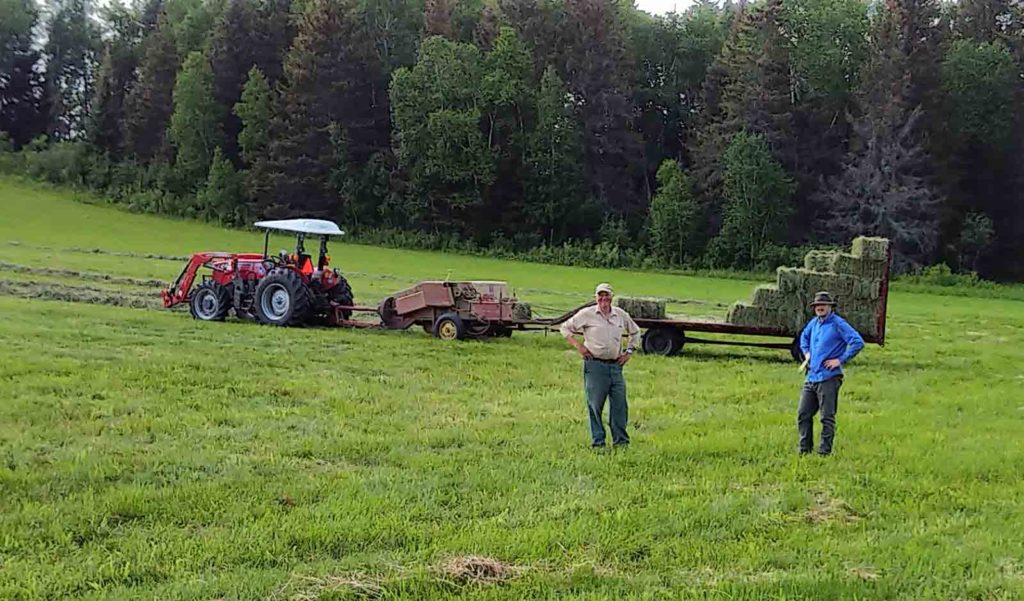
Hay season on the family farm
I was helping my husband hook the square baler up to the tractor. I needed to get around on the other side to remove a block from the jack stand. We were in a hurry – you’re often in a hurry on a farm – the forecast was calling for rain later in the day and we had hay to bale and load into the barn before it got soaked and spoiled. This is a boring story: I thought about stepping over the power take-off (PTO) on the baler, rather than walking all the way around the front of the tractor to get to the other side. But I didn’t, because that’s the safety standard on our farm. You always shut off the PTO before working around it, and you never step over, even when the PTO isn’t running, as this one wasn’t.
Take a blend of high-tech and high-powered equipment, long hours and environmental pressures, and add in heavy labour, livestock behaviour, and the fact that your business is also your home, and it’s no wonder agriculture is one of the highest-risk industries in Canada. Each March, Canadian Agricultural Safety Week reminds farmers and all Canadians of the importance of health and safety practices to a successful and sustainable farm business. This year’s theme, “Safety is our Standard”, promotes safety not just for safety week, but as a key part of a successful and sustainable business.
In that way, of course, agriculture is no different than any other business – safety is an investment that makes sense.
“Farm safety is not just about knowing what hazards exist,” says Andrea Lear, Chief Executive Officer for the Canadian Agricultural Safety Association. “Farm safety is also about changing unsafe behaviours and habits, understanding the positive business case for incorporating safety on farming operations and addressing what it truly means to value safety and health.”
If you’re not a farmer, there are still ways you can value farm safety and health. Here are a couple:
- Watch out for agricultural equipment on the roads. Slow down, give it space and be patient! You can afford to wait a few minutes until it’s safe to pass.
- If you’re visiting a farm, be aware of potential hazards and ask the farmer where you can go and what you can do.
- When you buy locally-produced food, that helps ensure farmers have a sustainable income to be able to make that safety investment.
We value health and safety on my farm, but it’s important for us to keep reminding ourselves of that, especially when the forecast is calling for rain.
- The State of Safety in Canada, 2024 - May 23, 2024
- Yes, you are making a difference. Thank you so much. - May 16, 2024
- Meet one of the families you’ll help through Steps for Life - February 1, 2024

 Find Support
Find Support Donate
Donate